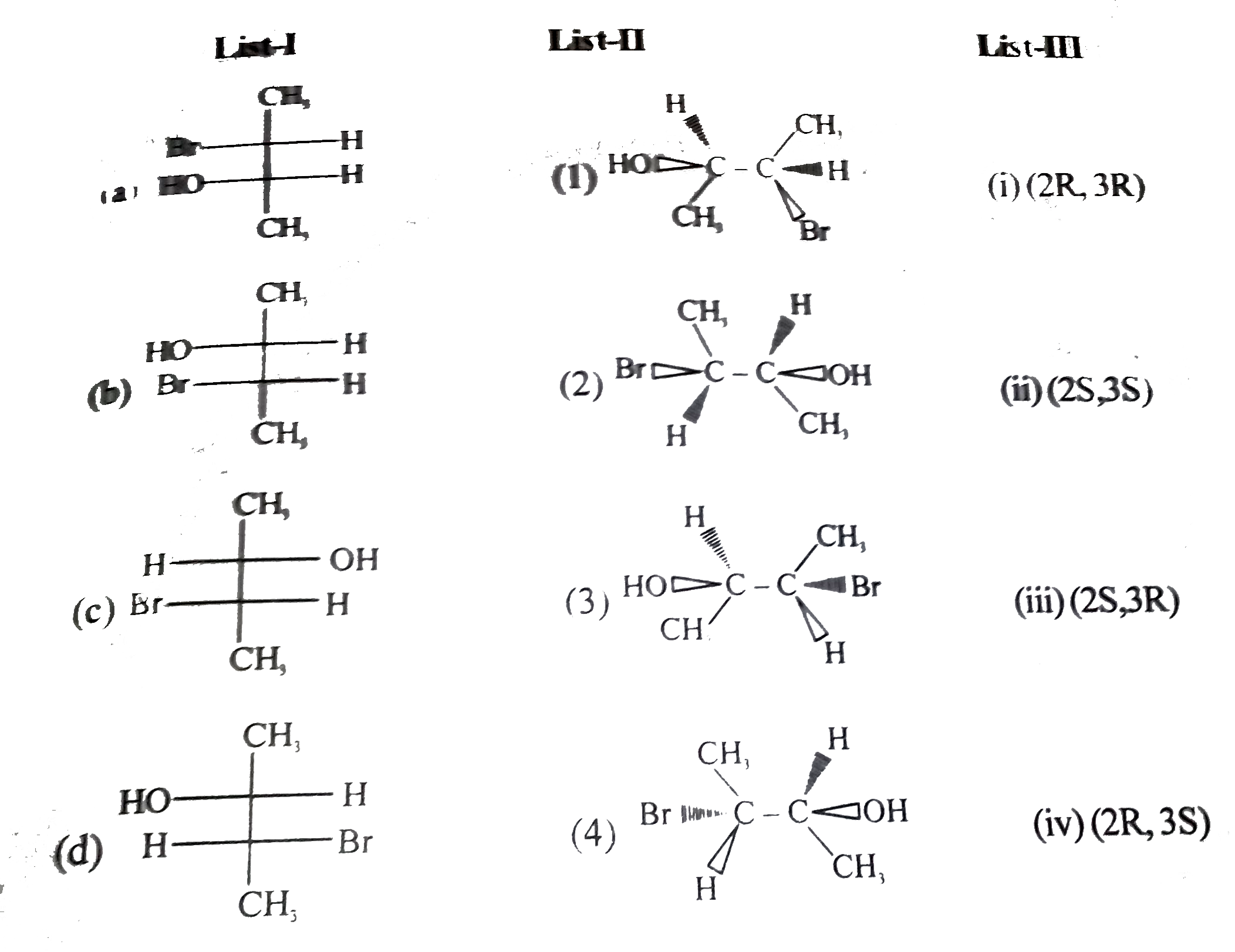Match the following.
List-IList-II(A)Nodes(I)Three dimensionalshape of the orbital(B)Subsidiary quantum(II)Significant only fornumbermotion of microscopicobjects(C)White light(III)|ψ|2 is zero(D)Heisenberg(IV)Spin state of electronuncertainty principle(V)Continuous spectrumSolution in Telugu
ABCDVIVIII
ABCDIIIIVVII
ABCDIVIIIIII
ABCDIIIIVII
The correct Answer is:D
(A) Nodes (III)∣∣ψ2∣∣ is zero because ∣∣ψ2∣∣ respresents the region where probability of electron finding is zero.
(B) Subsidiary Quantum Number
(I) is a three dimensional shape of the orbital. It is also called azimuthal quantum number (l). The values of (l) gives three dimensional shapes of orbitals.
(C) White Light
(V) Continuous spectrum because when all the energy waves are so close to each other that they appear as in continuous pattern, the spectrum is called continuous spectrum.
(D) (II) Heisenberg's Uncertainty Principle Significant only for motion of microscopic objects, because, according to this principle, it is impossible to determine simultaneously, the exact position and exact momentum (or velocity) of an electron. Hence, (d) is the correct option.
Topper's Solved these Questions
Similar Questions
The wavelength (in Å) of a photon having energy 3 eV is approximately.
[1eV=1.6×10−12erg]
[h=6.626×10−27ergs]
View SolutionThe radius of the 2nd orbit of B4+ ion is
View SolutionMatch List -I , List -II & List -III:

View SolutionMatch the List-I with List-II and List-III:
View SolutionMatch the quantum numbers with the information provided by these. {:(,"Quantum number",,"Information provided",),("(a)","Principal quantum number","(i)","orientation of the orbital",),("(b)","Azimuthal quantum number","(ii)","energy and size of orbital",),("(c)","Magnetic quantum number","(iii)","spin of electron",),("(d)","Spin quantum number","(iv)","Shape of the orbital",):}
View SolutionList−IList−II(I)Radial probability distribution curve of 3s orbital(a)1.1A∘(II)Distance of maximum probability of 1s electron(b)1sorbital(III)Radial node for a 2s electron(c)3peaks, 2 radial nodes(IV)No spherical nodes(d)0.53A∘
The correct match is
View Solution{:(List-I,List-II),((I) psi^(2)"depends upon upon distance",(a)"p-orbitals"),((II)psi^(2)"depends upon distance and on one direction",(b)"d-orbital"),((III)psi^(2)"depends upon distance and on two directions",(c)"f-orbital"),((IV)psi^(2)"depends upon distance and on three directions",(d)"s-orbitals"):} The correct match is
View SolutionMatch the List -I with List -II and List -III :
View SolutionMatch the List-I with List-II and List-III:

View SolutionMatch list
List I List IIi.[abba](a)identityii.[0b−b0](b)Singular matrixiii.[aabb](c)Skew-Symmetriciv.[1001](d)Symmetric
The correct match is
(i) (ii) (iii) (iv)
View SolutionMatch the bond order for the following molecules.
List - IList - II(a)Li2(i)3(b)N2(ii)1.5(c)Bc2(iii)1.0(d)O2(iv)0(v)2
The correct answer is
View SolutionStudy the folloiwng lists List-IList-IIA. ApormixisI. LodociaB.ParthenocarpyII. BananaC.PolyembroyonyIII. MangoD. Microscopic seedsIV. OrchidV. Grasses
The correct match is
View SolutionStudy the following lists {:("List-I",,"List-II"),("A. Scutellum",,"I. PEN"),("B.Endosperm",,"II. Zygote"),("C.Perisperm",,"III. Cotyledon"),("D. Embryo",,"IV. Nucellus"),("",,"V. Integuments"):} the correct match is
View SolutionMatch the initial substances (A, B, C, D) written in List-I with the reaction schemes (I, II, III, IV) written in List-II.
View SolutionMatch the following
List - IList - II(A)B1(I) Riboflavin(B)B2(II) Pantothenic acid(C)B3(III) Niacin(D)B5(IV) Thiamine
The correct match is
View Solution
